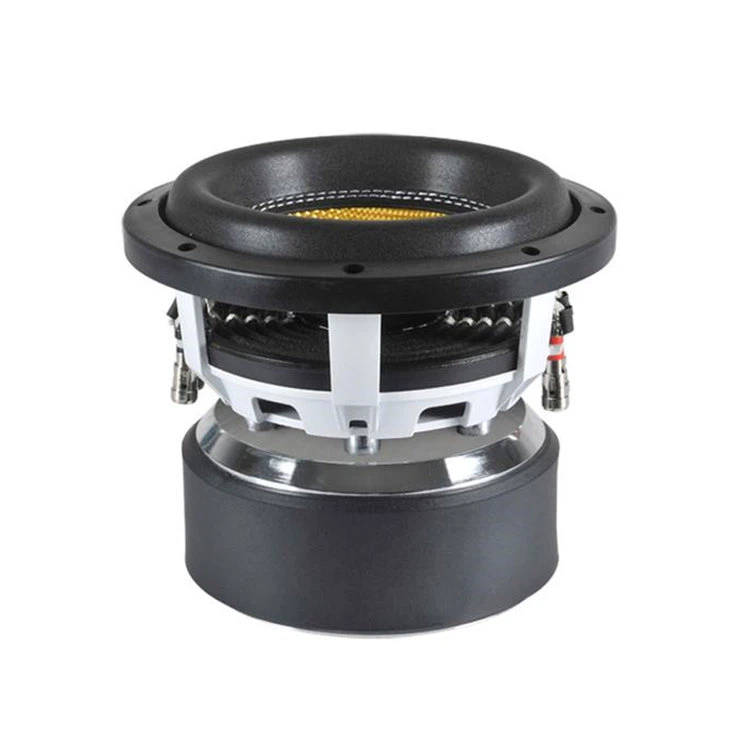Can Ferrite Magnets be used in magnetic recording media?
 Jun 27, 2025|
Jun 27, 2025| Hey there! As a supplier of ferrite magnets, I often get asked whether these magnets can be used in magnetic recording media. So, I thought I'd dive into this topic and share my thoughts.
First off, let's understand what ferrite magnets are. Ferrite magnets, also known as ceramic magnets, are made from a composite of iron oxide and barium or strontium carbonate. They're pretty popular due to their low cost, good corrosion resistance, and decent magnetic properties. You can find them in a wide range of applications, from small household items to industrial machinery.
Now, when it comes to magnetic recording media, the requirements are quite specific. Magnetic recording is all about storing and retrieving data in the form of magnetic signals. The key factors here are the ability to write data (magnetize the medium), retain that data over time (coercivity), and read the data accurately.
Ferrite magnets have some properties that could potentially make them suitable for magnetic recording media. One of the main advantages is their relatively high coercivity. Coercivity is the measure of the ability of a magnetic material to resist demagnetization. In magnetic recording, a high coercivity means that the data stored on the medium is less likely to be accidentally erased or corrupted. Ferrite magnets can maintain their magnetization even in the presence of external magnetic fields to a certain extent, which is a plus for long - term data storage.
Another benefit is their stability. Ferrite magnets are chemically stable and don't oxidize easily. This stability is crucial in magnetic recording media because any degradation of the magnetic material can lead to data loss. Unlike some other types of magnets, ferrite magnets can withstand normal environmental conditions without significant loss of their magnetic properties.
However, there are also some limitations. One of the big issues is the relatively low remanence of ferrite magnets. Remanence is the magnetic field that remains in a material after the external magnetic field is removed. In magnetic recording, a high remanence is desirable because it allows for stronger and more easily detectable magnetic signals. Compared to some other magnetic materials like rare - earth magnets, ferrite magnets have a lower remanence, which can make it more challenging to achieve high - density data storage.
The magnetic anisotropy of ferrite magnets can also be a problem. Magnetic anisotropy refers to the direction - dependent magnetic properties of a material. In magnetic recording media, it's often necessary to have well - defined and controllable magnetic anisotropy to ensure accurate writing and reading of data. Ferrite magnets may not offer the same level of control over magnetic anisotropy as some other specialized magnetic materials.
Despite these limitations, ferrite magnets have found some applications in magnetic recording. For example, in some older or less demanding magnetic recording systems, ferrite magnets can still be used effectively. They are often used in applications where cost is a major concern and high - density data storage is not the primary requirement.


Let's talk about some of the ferrite magnet products we offer that could potentially be related to magnetic recording applications. We have the Subwoofer Impulse Triple Magnet. While it's mainly designed for speaker applications, the magnetic properties of these magnets could be explored for certain types of magnetic recording setups. The stable magnetic field and relatively high coercivity can be useful in some niche recording systems.
We also have Tiny Square Magnets. These small magnets can be used in miniaturized magnetic recording devices. Their size makes them suitable for applications where space is limited, and their magnetic properties can be tailored to meet specific recording requirements.
And then there's the Square Magnet with Hole. The hole in the magnet can be used for various mounting or alignment purposes in a magnetic recording device. This design flexibility can be an advantage when integrating the magnet into a complex recording system.
In conclusion, while ferrite magnets have both advantages and limitations when it comes to magnetic recording media, they can still play a role in certain applications. Their cost - effectiveness, stability, and coercivity make them a viable option for less demanding recording systems. As a ferrite magnet supplier, we're constantly looking for ways to improve the performance of our magnets and explore new applications in the field of magnetic recording.
If you're interested in using ferrite magnets for your magnetic recording projects or have any questions about our products, don't hesitate to reach out. We're more than happy to discuss your specific needs and see how we can help you find the right solution.
References
- "Magnetic Materials: Fundamentals and Applications" by E. C. Snelling
- "Introduction to Magnetic Recording" by M. A. Rudy and D. A. Thompson

